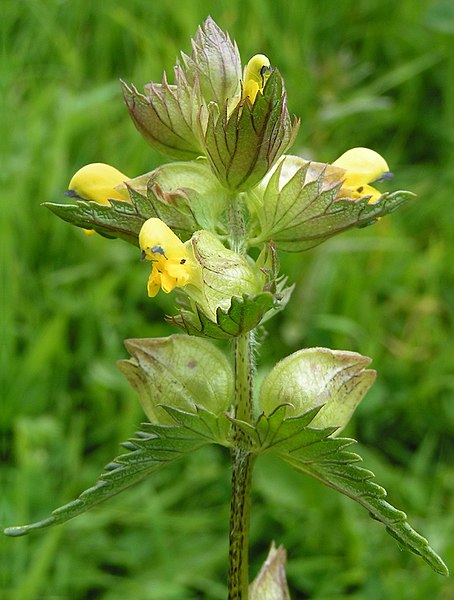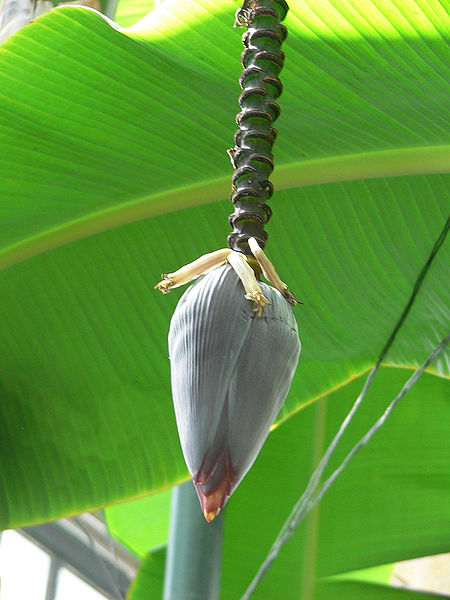Cornus florida, the flowering dogwood, is a species of flowering tree in the family Cornaceae native to eastern North America and northern Mexico. An endemic population once spanned from southernmost coastal Maine south to northern Florida and west to the Mississippi River. The tree is commonly planted as an ornamental in residential and public areas because of its showy bracts and interesting bark structure.
Cornus florida
Cornus florida inflorescence, showing four large white bracts and central flower cluster.
Fruits
Seeds
In botany, a bract is a modified or specialized leaf, especially one associated with a reproductive structure such as a flower, inflorescence axis or cone scale. Bracts are usually different from foliage leaves; they may be of a different size, color, shape, or texture. Typically, they also look different from the parts of the flower, such as the petals or sepals. A plant having bracts is referred to as bracteate or bracteolate, while one that lacks them is referred to as ebracteate or ebracteolate.
Papery (upper) and leafy bracts on hay rattle (Rhinanthus minor). All the "leaves" in this image are bracts.
Bright yellow bracts of Castilleja levisecta are more tightly pressed against the stem than bracts of other Castilleja species.
Bracts of Bougainvillea glabra, differ in colour from the non-bract leaves, and attract pollinators.
Bracts along a banana flower stalk surround the rows of flowers








